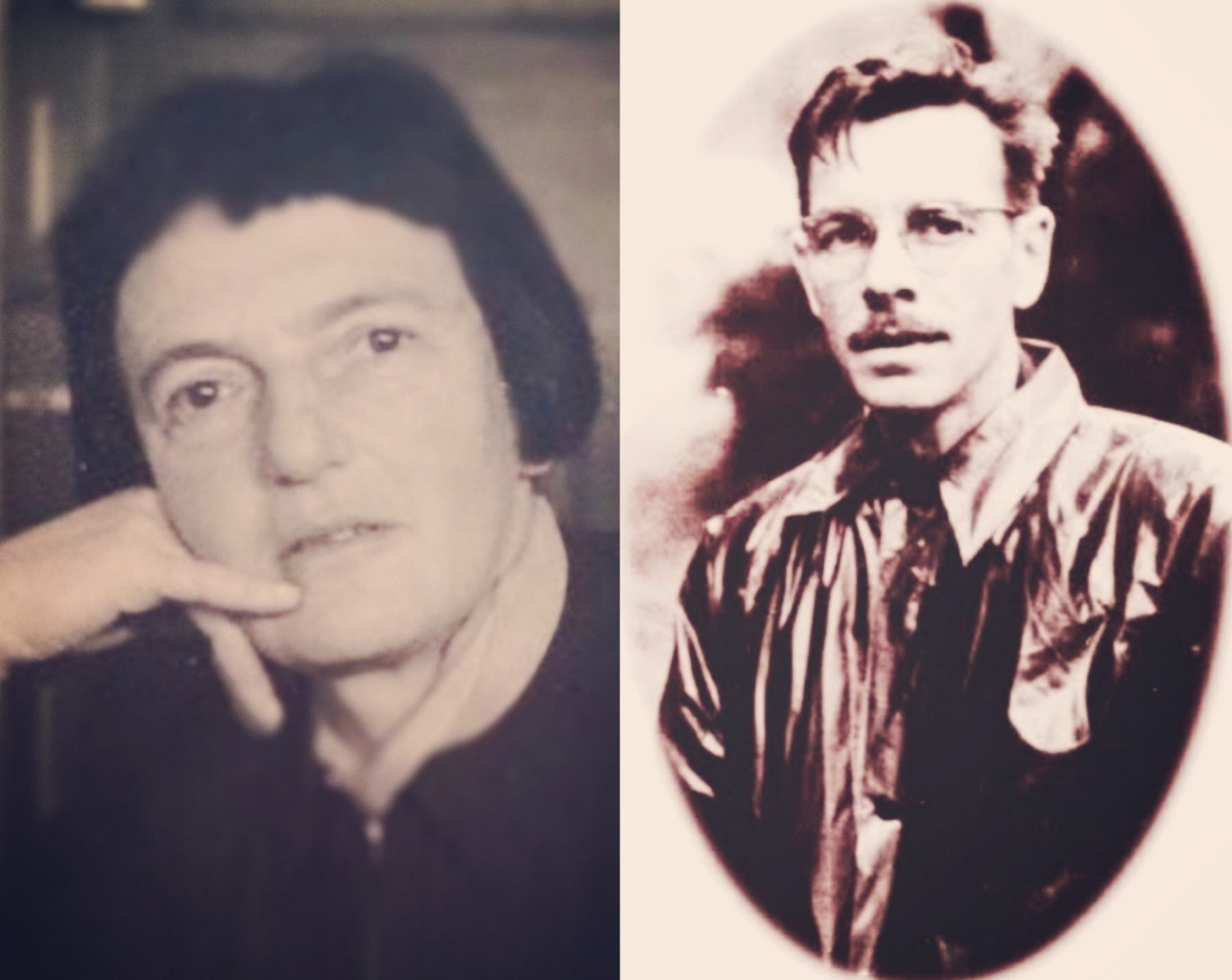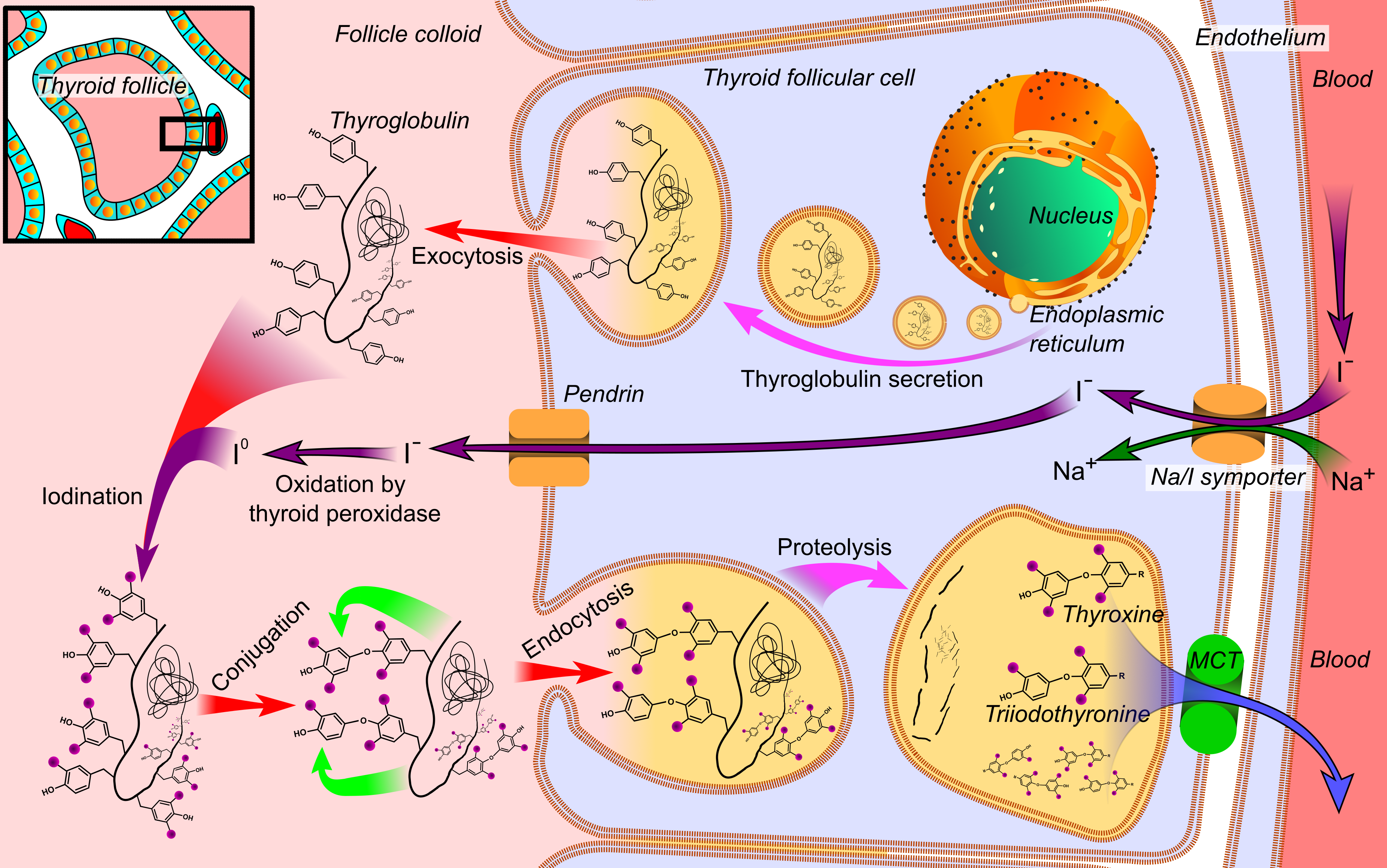|
1952 In Science
The year 1952 in science and technology involved some significant events, listed below. Biology * August 1 – Around 9 o'clock AM Pacific Time Zone, the San Benedicto rock wren goes extinct as San Benedicto Island, its island home is smothered in a massive volcanic eruption. * August 14 – Alan Turing's paper "The Chemical Basis of Morphogenesis" is published, putting forward a Reaction–diffusion system, reaction–diffusion hypothesis of pattern formation, considered a seminal piece of work in morphogenesis. * August 28 – Alan Lloyd Hodgkin, Alan Hodgkin and Andrew Huxley publish the Hodgkin–Huxley model of action potentials in neurons of the squid giant axon. * September 20 – Publication of the paper on the Hershey–Chase experiment showing conclusively that DNA, not protein, is the genetic material of bacteriophages. * October – Danish virologist Preben von Magnus publishes his observation of the von Magnus phenomenon producing defective interfering particles. * ... [...More Info...] [...Related Items...] OR: [Wikipedia] [Google] [Baidu] |
Hershey–Chase Experiment
The Hershey–Chase experiments were a series of experiments conducted in 1952 by Alfred Hershey and Martha Chase that helped to confirm that DNA is genetic material. While DNA had been known to biologists since 1869, many scientists still assumed at the time that proteins carried the information for inheritance because DNA appeared to be an inert molecule, and, since it is located in the nucleus, its role was considered to be phosphorus storage. In their experiments, Hershey and Chase showed that when bacteriophages, which are composed of DNA and protein, infect bacteria, their DNA enters the host bacterial cell, but most of their protein does not. Hershey and Chase and subsequent discoveries all served to prove that DNA is the hereditary material. Hershey shared the 1969 Nobel Prize in Physiology or Medicine with Max Delbrück and Salvador Luria for their "discoveries concerning the genetic structure of viruses". Historical background In the early twentieth century, biolo ... [...More Info...] [...Related Items...] OR: [Wikipedia] [Google] [Baidu] |
Cultivar
A cultivar is a kind of Horticulture, cultivated plant that people have selected for desired phenotypic trait, traits and which retains those traits when Plant propagation, propagated. Methods used to propagate cultivars include division, root and stem cuttings, offsets, grafting, micropropagation, tissue culture, or carefully controlled seed production. Most cultivars arise from deliberate human genetic engineering, manipulation, but some originate from wild plants that have distinctive characteristics. Cultivar names are chosen according to rules of the International Code of Nomenclature for Cultivated Plants (ICNCP), and not all cultivated plants qualify as cultivars. Horticulturists generally believe the word ''cultivar''''Cultivar'' () has two meanings, as explained in ''#Formal definition, Formal definition'': it is a classification category and a taxonomic unit within the category. When referring to a taxon, the word does not apply to an individual plant but to all plants t ... [...More Info...] [...Related Items...] OR: [Wikipedia] [Google] [Baidu] |
Braeburn
The Braeburn is a cultivar of apple that is firm to the touch with a red/orange vertical streaky appearance on a yellow/green background. Its color intensity varies with different growing conditions. It was discovered as a chance seedling in 1952 by the farmer O. Moran from Waiwhero in the Moutere Hills near Motueka, New Zealand. It was then cultivated by the Williams Brothers nursery as a potential export variety. A study published in 2020 indicated Braeburn is the offspring of Delicious and Sturmer Pippin, with Lady Hamilton as a sibling. The apple itself is named after Braeburn Orchard near Motueka, where it was first commercially grown. Braeburn apples have a combination of sweet and tart flavor. They are available October through April in the northern hemisphere and are medium to large in size. They are a popular fruit for growers because of their ability to store well when chilled. Braeburn apples are useful in cooking as they hold their shape and do not release a gr ... [...More Info...] [...Related Items...] OR: [Wikipedia] [Google] [Baidu] |
The Lancet
''The Lancet'' is a weekly peer-reviewed general medical journal, founded in England in 1823. It is one of the world's highest-impact academic journals and also one of the oldest medical journals still in publication. The journal publishes original research articles, review articles ("seminars" and "reviews"), editorials, book reviews, correspondence, as well as news features and case reports. ''The Lancet'' has been owned by Elsevier since 1991, and its editor-in-chief since 1995 has been Richard Horton. The journal has editorial offices in London, New York City, and Beijing. History ''The Lancet'' was founded in 1823 by Thomas Wakley, an English surgeon who named it after the surgical instrument called a lancet (scalpel). According to BBC, the journal was initially considered to be radical following its founding. Members of the Wakley family retained editorship of the journal until 1908. In 1921, ''The Lancet'' was acquired by Hodder & Stoughton. Elsevier acquire ... [...More Info...] [...Related Items...] OR: [Wikipedia] [Google] [Baidu] |
Triiodothyronine
Triiodothyronine, also known as T3, is a thyroid hormone. It affects almost every physiological process in the body, including growth and development, metabolism, body temperature, and heart rate. Production of T3 and its prohormone thyroxine (T4) is activated by thyroid-stimulating hormone (TSH), which is released from the anterior pituitary gland. This pathway is part of a closed-loop feedback process: Elevated concentrations of T3, and T4 in the blood plasma inhibit the production of TSH in the anterior pituitary gland. As concentrations of these hormones decrease, the anterior pituitary gland increases production of TSH, and by these processes, a feedback control system stabilizes the level of thyroid hormones in the bloodstream. At the cellular level, T3 is the body's more active and potent thyroid hormone. T3 helps deliver oxygen and energy to all of the body's cells, its effects on target tissues being roughly four times more potent than those of T4. Of the thyroid ... [...More Info...] [...Related Items...] OR: [Wikipedia] [Google] [Baidu] |
Thyroid Hormone
File:Thyroid_system.svg, upright=1.5, The thyroid system of the thyroid hormones triiodothyronine, T3 and T4 rect 376 268 820 433 Thyroid-stimulating hormone rect 411 200 849 266 Thyrotropin-releasing hormone rect 297 168 502 200 Hypothalamus rect 66 216 386 256 Anterior pituitary, Anterior pituitary gland rect 66 332 342 374 Negative feedback rect 308 436 510 475 Thyroid, Thyroid gland rect 256 539 563 635 Thyroid hormones rect 357 827 569 856 Catecholamine rect 399 716 591 750 Metabolism desc bottom-left Thyroid hormones are two hormones produced and released by the thyroid gland, triiodothyronine (T3) and thyroxine (T4). They are tyrosine-based hormones that are primarily responsible for regulation of metabolism. T3 and T4 are partially composed of iodine, derived from food. A deficiency of iodine leads to decreased production of T3 and T4, enlarges the thyroid, thyroid tissue and will cause the disease known as simple goitre. The major form of thyroid hormone in the blood ... [...More Info...] [...Related Items...] OR: [Wikipedia] [Google] [Baidu] |
Rosalind Pitt-Rivers
Rosalind Venetia Lane Fox Pitt-Rivers FRS ( Henley; 4 March 1907 – 14 January 1990) was a British biochemist. She became the second president of the European Thyroid Association in 1971; she succeeded Jean Roche and was followed by Jack Gross in this position, all three names inextricably linked with the discovery of the thyroid hormone triiodothyronine (T3). Early life and education Pitt-Rivers was born Rosalind Venetia Henley on 4 March 1907 at 18 Mansfield Street, London, the eldest of four daughters of the Hon. Anthony Morton Henley, a Captain in the 5th Lancers, and his wife the Hon. Sylvia Laura Stanley. Her father was the third son of Anthony Henley, 3rd Baron Henley and her mother the daughter of Lord Stanley of Alderley. She was educated at home and later at Notting Hill High School at the age of thirteen. Her interest in chemistry began at the age of twelve when an uncle gave her a chemistry set. She later studied at Bedford College (University of London), wh ... [...More Info...] [...Related Items...] OR: [Wikipedia] [Google] [Baidu] |
Archiv Für Die Gesamte Virusforschung
The ''Archives of Virology'' is a peer-reviewed scientific journal covering research in virology. It is published by Springer Science+Business Media and is the official journal of the Virology Division of the International Union of Microbiological Societies. It was established in 1939 as the ''Archiv für die gesamte Virusforschung'' and obtained its current title in 1975. According to the ''Journal Citation Reports'', the journal has a 2020 impact factor The impact factor (IF) or journal impact factor (JIF) of an academic journal is a type of journal ranking. Journals with higher impact factor values are considered more prestigious or important within their field. The Impact Factor of a journa ... of 2.574. References External links * Monthly journals English-language journals Academic journals established in 1939 Springer Science+Business Media academic journals Virology journals {{virology-journal-stub ... [...More Info...] [...Related Items...] OR: [Wikipedia] [Google] [Baidu] |
Defective Interfering Particle
Defective interfering particles (DIPs), also known as defective interfering viruses, are spontaneously generated virus mutants in which a critical portion of the particle's genome has been lost due to defective replication or non-homologous recombination. The mechanism of their formation is presumed to be as a result of template-switching during replication of the viral genome, although non-replicative mechanisms involving direct ligation of genomic RNA fragments have also been proposed. DIPs are derived from and associated with their parent virus, and particles are classed as DIPs if they are rendered non-infectious due to at least one essential gene of the virus being lost or severely damaged as a result of the defection. A DIP can usually still penetrate host cells, but requires another fully functional virus particle (the 'helper' virus) to co-infect a cell with it, in order to provide the lost factors. DIPs were first observed as early as the 1950s by Von Magnus and Schlesin ... [...More Info...] [...Related Items...] OR: [Wikipedia] [Google] [Baidu] |
Von Magnus Phenomenon
The von Magnus phenomenon describes the generation of defective interfering particles (DIPs) by viruses. It was first observed by Preben von Magnus in influenza viruses, after the serial passage of undiluted allantoic fluid in eggs. See also * Multipartite Multipartite is a class of virus that have segmented nucleic acid genomes, with each segment of the genome enclosed in a separate viral particle. Only a few ssDNA viruses have multipartite genomes, but a many more RNA viruses have multipartite gen ... References {{reflist Virology ... [...More Info...] [...Related Items...] OR: [Wikipedia] [Google] [Baidu] |
Preben Von Magnus
Preben Christian Alexander von Magnus (25 February 1912 – 9 August 1973) was a Danish virologist who is known for his research on influenza, polio vaccination and monkeypox. He gave his name to the Von Magnus phenomenon. In the 1950s, together with his wife the virologist Herdis von Magnus, he directed the first Danish vaccination programme against polio. In 1958, he was the first to confirm the identity of the monkeypox virus and to describe monkeypox in laboratory crab-eating Macaques during two outbreaks of the disease in the summer and autumn of that year. In 1959 he was appointed director of the Statens Serum Institut. He represented Denmark at the 1959 Pugwash Conferences on Science and World Affairs where he explained that respiratory viruses such as influenza and the common cold were unsuitable as biological weapons. He became a Knight of the Order of the Dannebrog in 1965. Early life Preben von Magnus was born in Copenhagen on 25 February 1912 to the Livonian ... [...More Info...] [...Related Items...] OR: [Wikipedia] [Google] [Baidu] |




